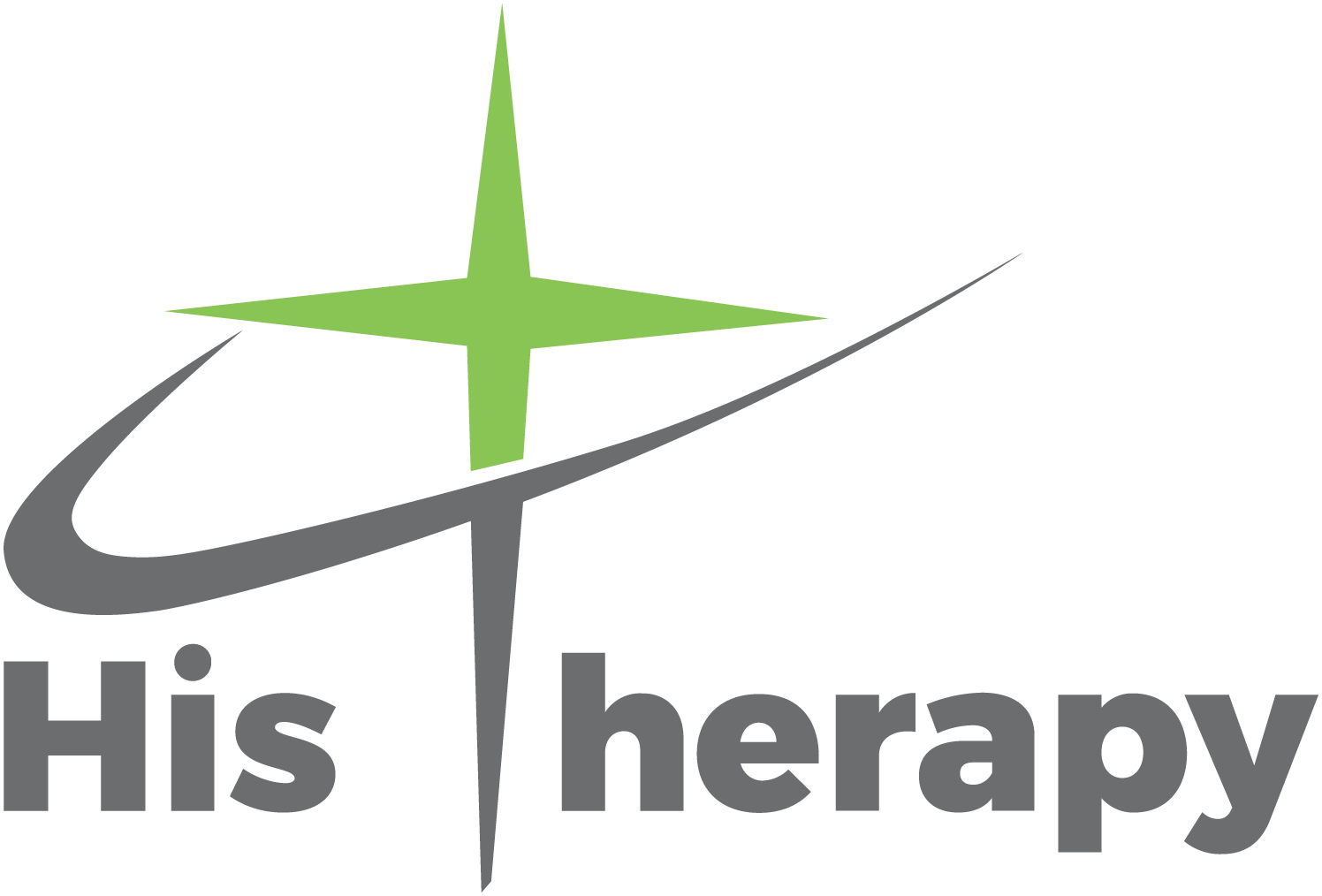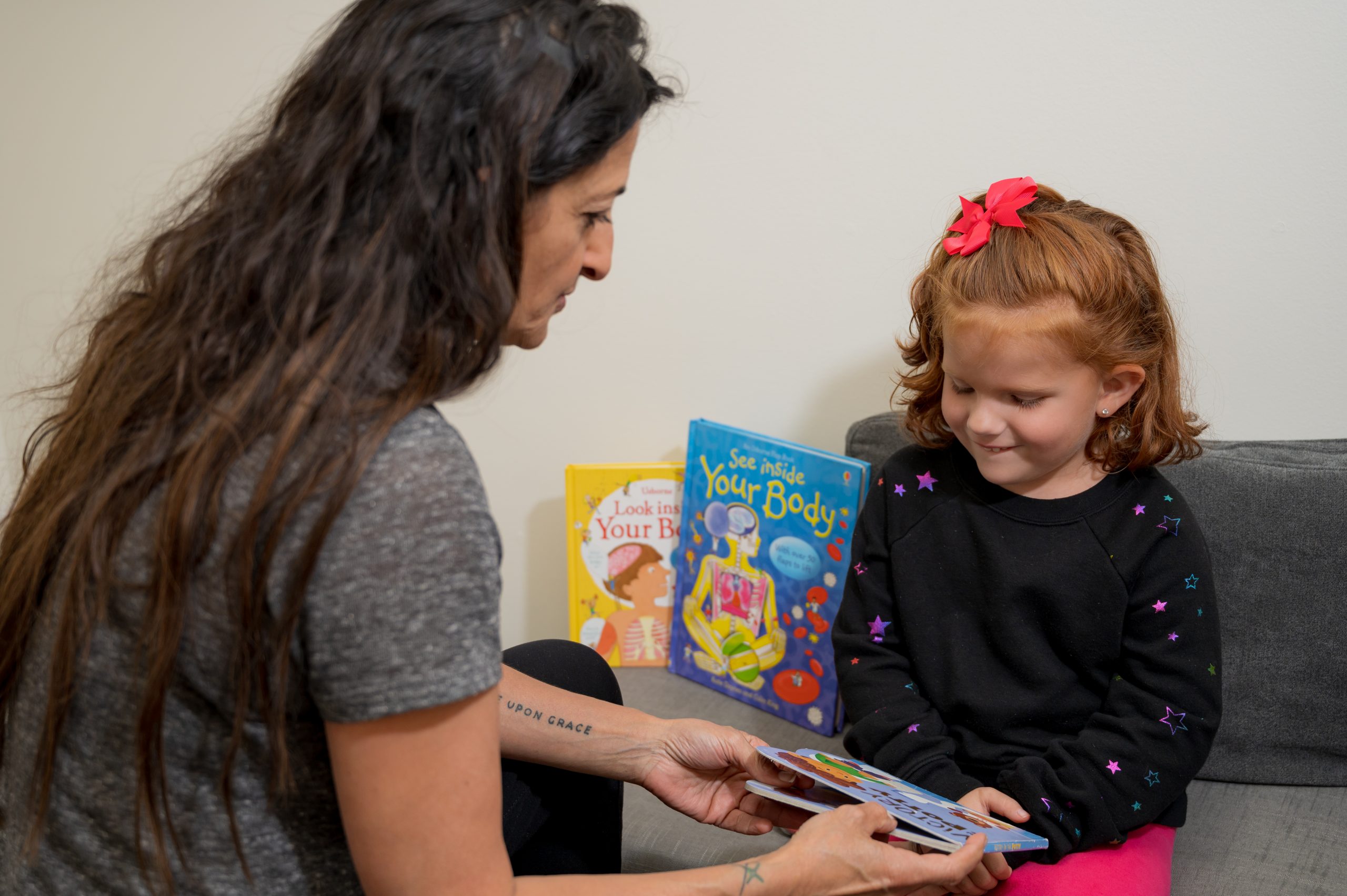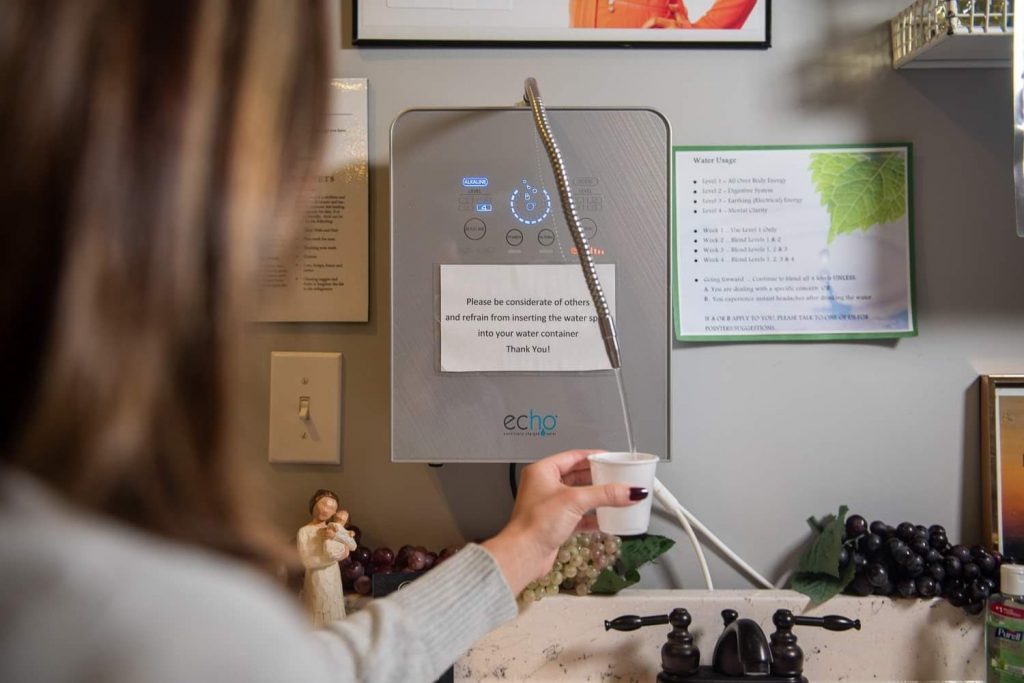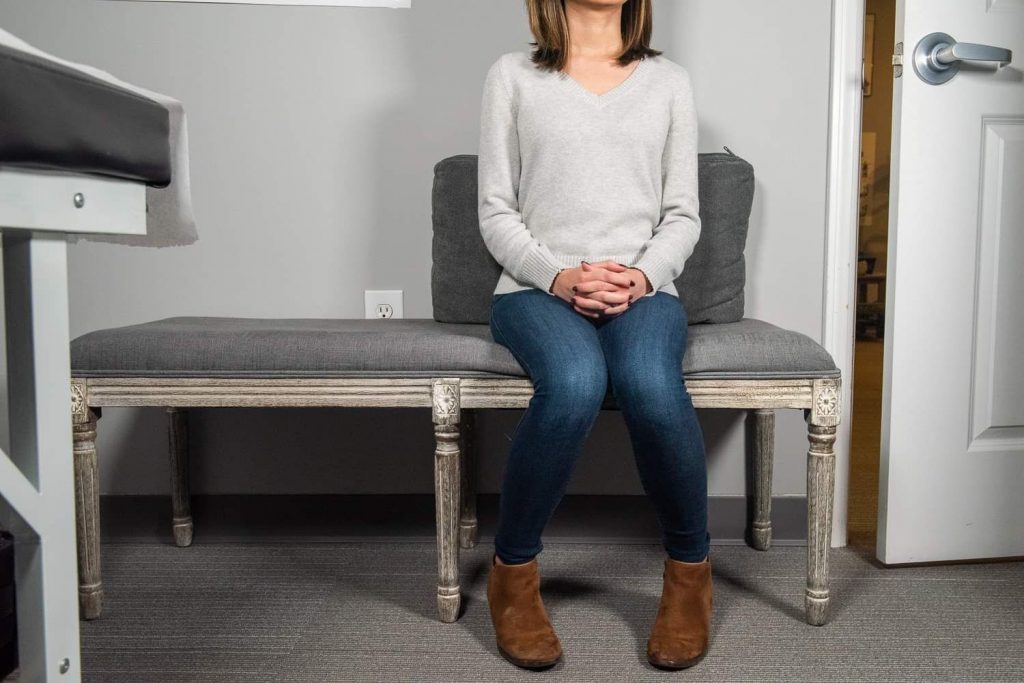Having strong pelvic floor muscles gives us control over the bladder and bowel. Weakened pelvic floor muscles mean the internal organs are not fully supported and you may have difficulty controlling the release of urine, feces (poo) or flatus (wind).
Common causes of a weakened pelvic floor include childbirth, obesity and the associated straining of chronic constipation. Pelvic floor exercises are designed to improve muscle tone and prevent the need for corrective surgery.
What are pelvic floor muscles?
Pelvic floor muscles are the layer of muscles that support the pelvic organs and span the bottom of the pelvis. The pelvic organs are the bladder and bowel in men, and bladder, bowel and uterus in women. The diagram below shows the pelvic organs and pelvic floor muscles in women (right) and men (left).
The pelvic floor muscles stretch like a muscular trampoline from the tailbone (coccyx) to the pubic bone (front to back) and from one sitting bone to the other sitting bone (side to side). These muscles are normally firm and thick.
Imagine the pelvic floor muscles as a round mini-trampoline made of firm muscle. Just like a trampoline, the pelvic floor is able to move down and up. The bladder, uterus (for women) and bowel lie on the pelvic floor muscle layer.
The pelvic floor muscle layer has hole for passages to pass through.There are two passages in men (the urethra and anus) and three passages in women (the urethra, vagina and anus). The pelvic floor muscles normally wrap quite firmly around these holes to help keep the passages shut. There is also an extra circular muscle around the anus (the anal sphincter) and around the urethra (the urethral sphincter).
Although the pelvic floor is hidden from view, it can be consciously controlled and therefore trained, much like our arm, leg or abdominal muscles.
What do pelvic floor muscles do?
Pelvic floor muscles provide support to the organs that lie on it. The sphincters give us conscious control over the bladder and bowel so that we can control the release of urine, feces (poo) and flatus (wind) and allow us to delay emptying until it is convenient. When the pelvic floor muscles are contracted, the internal organs are lifted and the sphincters tighten the openings of the vagina, anus and urethra. Relaxing the pelvic floor allows passage of urine and feces.
Pelvic floor muscles are also important for sexual function in both men and women. In men, it is important for erectile function and ejaculation. In women, voluntary contractions (squeezing) of the pelvic floor contribute to sexual sensation and arousal.
The pelvic floor muscles in women also provide support for the baby during pregnancy and assist in the birthing process.
The muscles of the pelvic floor work with the abdominal and back muscles to stabilize and support the spine.
What can make these muscles loose?
Pregnancy and childbirth for women
Straining on the toilet
Chronic coughing
Heavy lifting
High impact exercise
Age
Obesity
Please call us at His Therapy to get more information and schedule your first session! It is an important part of your body that you need to learn how to control and work! We look forward to being able to serve you this coming new year! 864-534-1780



